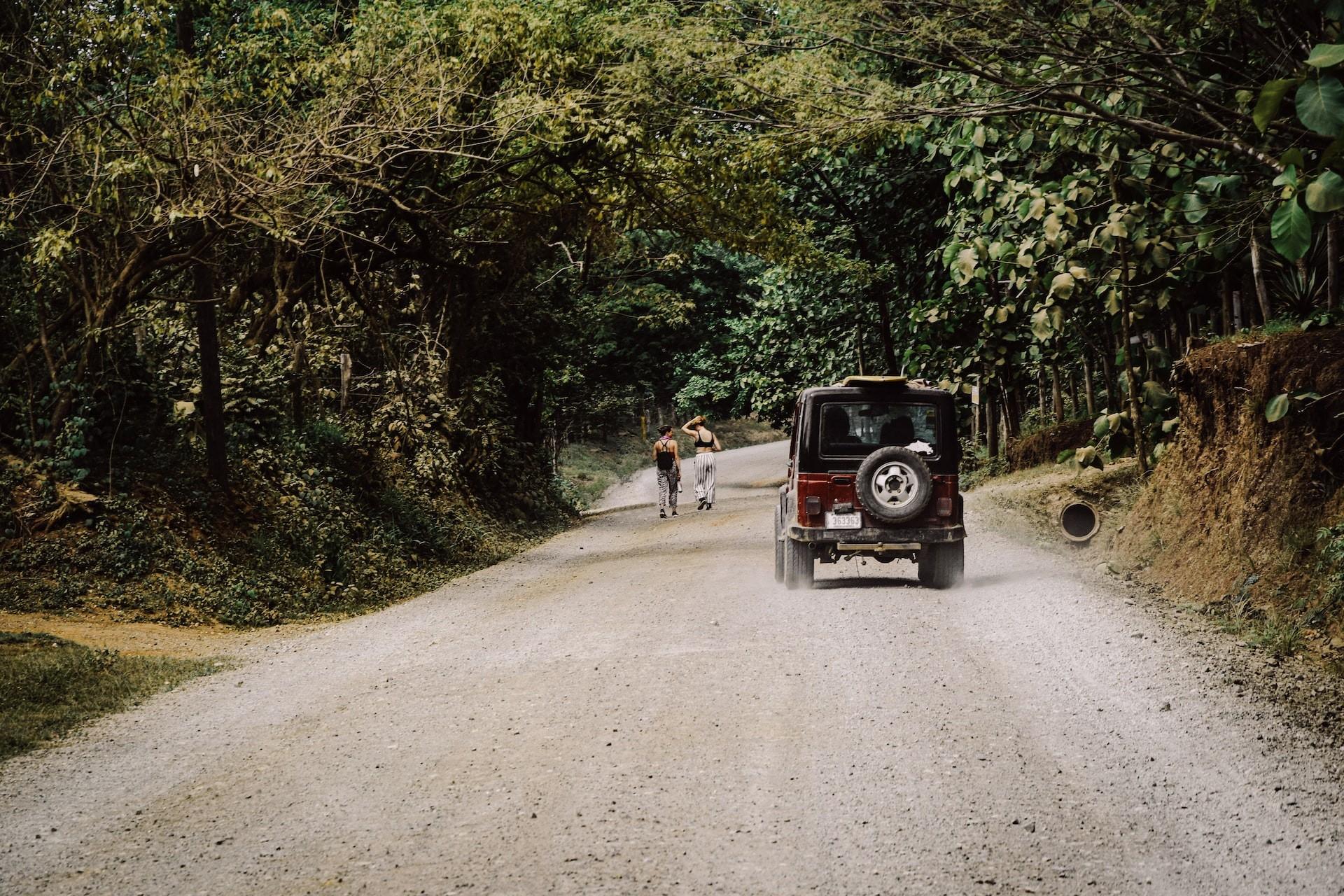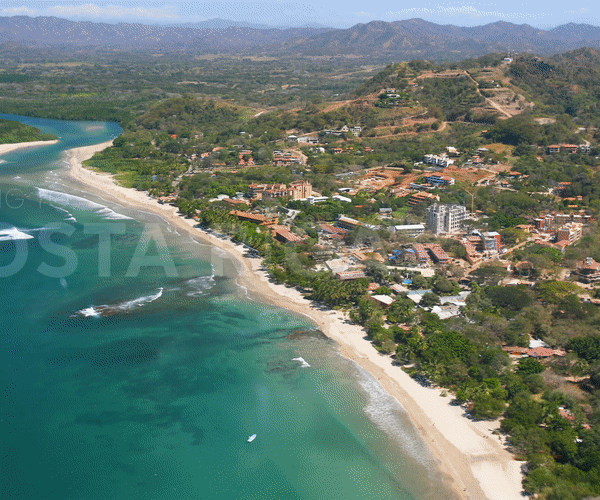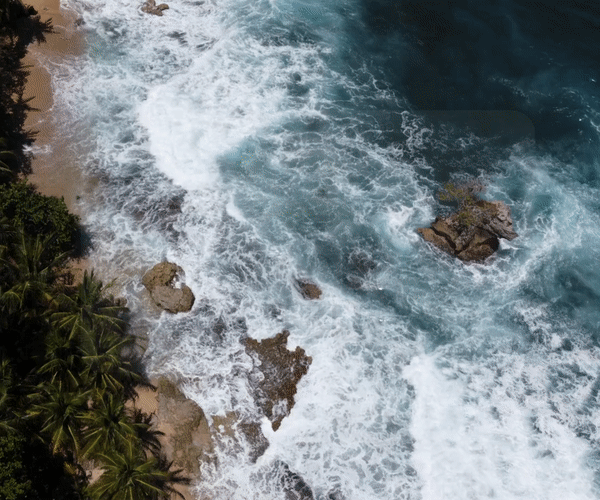COSTA RICA
LATEST ARTICLES
 Owning a Vehicle in Costa Rica (The Real Costs Explained)
Owning a Vehicle in Costa Rica (The Real Costs Explained)
by Matt Lloyd in Costa Rica
When contemplating shifting to Costa Rica, many people are torn between bringing their cars from home and buying one once when they reached there. To be honest, it depends. Importing a car from the U.S. or surrounding countries, while being relatively simple and easy, can cost a bomb. In fact, you could pay very close to the value of your car in import duties and related fees
But fret not! There are many affordable and reliable used cars available from a variety of trusted sources. Here are a few useful tips and tricks:
- CRAutos.com is the number one online clearinghouse for used cars. Craigslist Costa Rica is also a great resource, especially for those looking to sell their car for cheap before moving out of Costa Rica.
- The best car lots in the country are in and around San José, the capital. About an hour northwest of the city is Grecia, a small town known throughout the country for its used car lots that line the road from the Pan American Highway to its centre.
- When looking at used cars in the lots — this goes for any used car — the best bet is to buy a vehicle just imported from the U.S. that has not been on any of Costa Rica’s potholed-riddled back roads. Check the Carfax history by looking at the VIN number to confirm when it was imported. Many used car dealers buy vehicles at auctions in southern states like Arkansas, Delaware and Texas (no road salt damage) for resale in Costa Rica.
- Asian brands like Toyota, Suzuki, and Mitsubishi are the most popular on the road, have the most available spare parts and qualified mechanics, and are most affordable to repair and maintain.
- If you plan to live in rural areas, SUVs with its high clearance is the way to go. Four-wheel drive is not necessary unless you reside in remote areas.
- Buying from a private owner can get you a better deal. Get to know local people, and after a few months you’re sure to hear about a cheap car coming into the market. As you would anywhere, be sure to have a trusted mechanic take a look before you close your deal.
- Once you’ve picked out a car, hire a lawyer to walk you through the process. He or she will do the paperwork, handle the transaction, and get the car registered… everything for a low fee. This is the way to go, especially if you don’t speak a smidgen of Spanish.
- Make sure the Revision Tecnica de Vehiculos (RVT) and marchamo are up to date. The RTV, as it’s popularly known, is an annual vehicle inspection that validates mechanical and safety features, among other things. The marchamo is the car’s registration. To save a few bucks, you don’t want to have to pay those fees right out the gate.
The great news is that although cars are relatively expensive, they are affordable to maintain. For repairs that would cost thousands elsewhere, you’ll likely pay hundreds here. And cars hold their value very well. Expect to not get much less than you paid if and when you decide to sell your car.
For comparison purposes, do take into account the following, more elaborate points of view.
Brand - When it comes to buying a car in Costa Rica, it’s best to opt for one of the major brands: Toyota and Hyundai are the most widely sold, with Nissan, Mitsubishi, Suzuki, and Honda trailing close behind. Not only will there be more local mechanics to service these brands – and by local, it means that you won’t have to travel all the way to a specific dealership in San José – but your costs will on average be lower. After all, you won’t have to visit “specialised” mechanics or dealerships, but even more importantly, because spare parts easily available.
Purchase Price - We’re not going to go into this too deeply, but be prepared for a little bit of car-price sticker shock: Like it or not (or agree with it or not), cars are subject to high import taxes and they retain their value better and longer in Costa Rica. And that all boils down to a higher purchase price – usually, anywhere from 1.5 to 3 times more expensive than you might expect “back home”, depending where you come from. For example, in 2021, a 2006 Toyota RAV4 costs about $8,000; a 2017 Hyundai Tucson is over $20,000; and an ultra-compact 2016 Suzuki Swift costs about $9,000. Just remember, when it comes time to sell, your sales price will also be higher (especially if you’ve purchased one of the more recognisable brands).
Now, fuel prices. Just as a heads-up, gas may (or may not) be pricier than it is back home. Let’s begins with the good news: Gasoline prices are regulated throughout Costa Rica. And by regulated, it means that prices are government-controlled, so it’s always the same, at every gas station (called ‘la bomba’, by the way). Additionally, gas is always full-serve, so know whether you need Plus (91 octane), Súper (95 octane), or diesel – and practice saying it! (Plus, por favor!) As to the price: you can check the day’s mandated prices on RECOPE’s website.
Next, what is RITEVE? RITEVE is an annual inspection for vehicles that circulate on the roads of Costa Rica. The RITEVE inspection helps to verify that vehicles comply with safety standards set forth by the auto manufacturer and with Costa Rican traffic regulations. For more details in Spanish, check out their website at: http://rtv.co.cr
What will be inspected? Below is a list of items that are inspected by RITEVE and must be in working condition to pass and receive your new sticker.
Seat Belts – Horn - Windshield washers - Windshield glass in good condition, without cracks or chip - Doors working properly - Windows must open and clos – Speedometer - Gas cap - Front and rear bumpers properly attached - All lights working (including license plate light, brake lights, head lights (high and low), back up lights, and turn signals - Brakes properly functioning – Shocks - Muffler and emissions that meet Costa Rica’s high standards - Tires in good condition and with sufficient treads - License plate numbers clearly visible - Proper levels of oil and other fluids
When do cars need to be inspected? If your car is less than five years old, inspections are only once every two years. If your car is older than five years, then inspections are once per year. The date (month) that your vehicle must be inspected is determined by the last number of your license plate. You will have the entire month to complete the inspection.
For example, if your license plate ends with number one, your inspection is in January and if your license plate ends with number two, your inspection is in February.
- January, plates ending with number 1.
- February, plates ending with number 2
- March, plates ending with number 3.
- April, plates ending with number 4.
- May, plates ending with number 5.
- June, plates ending with number 6
- July, plates ending with number 7
- August, plates ending with number 8.
- September, plates ending with number 9.
- October, plates ending with number 0.
How do you accomplish it? The process of having your car inspected is simple. You can make an appointment directly on the RITEVE website at or call them at 905 788 0000. Once you have chosen a location for the inspection and time slot, your appointment will be confirmed via a text message. The day of inspection, arrive 15 minutes before your appointment time to check in. You will be asked to present the car title, your driver’s license, and the previous year’s inspection certificate. You will then pay the fee of 9,970 colons, and proceed to one of the inspection bays to start the inspection process.
There are 13 RITEVE inspection stations throughout Costa Rica including:
- San Jose (Alajuelita)
- Heredia (Lagunilla and San Miguel)
- Cartago
- Puntarenas
- San Carlos
- San Isidro
- Canas
- Nicoya
- Limon
- Liberia
- Alajuela
- Guapiles
After your car has been inspected, you will either pass or fail. If you pass, a new sticker will be issued and will need to be displayed in your front windshield. If you fail, you will be advised of the deficiencies and be given 30 days to have them corrected and return for a re-inspection. The first re-inspection cost 50% less than the original inspection.
On to another important matter – the marchamo. All owners of motorcycles, automobiles, SUVs, pickups, trucks and similar in Costa Rica are obligated to pay the marchamo before the end of December. The amount can be checked at http://portal.ins-cr.com/marchamo/marchamo/frmconsultamarchamo.aspx
As of January 1st, 2019 all cars without proof of payment are exposed to a fine and licence plate removal from Traffic Police officers (Transito). For 2018, the amount of the fine is 52,000 colons (about US$85), plus the lines and headaches required to obtain the license plates back from Cosevi. The main questions usually are: What exactly is this tax? What does it cover? Why the payment is collected by the INS, an insurance company?
The INS or National Insurance Institute applies compulsory insurance on all marchamos. The amount for this insurance is approximate 22,000 colons for vehicles and 86,000 colons for motorcycles. It covers medical care, medication, rehabilitation and disabilities in case of an accident up to 6 million colons (about US $10,000). It also covers funeral expenses for the same amount if death results out of an accident for the victims involved. The reason for the insurance being much higher on motorcycles is because the high risk of accident on that type of vehicle. In reality, the INS only charges a small amount on the marchamo, the rest is a “property tax” imposed by the government.
In 1987, law #7088 took effect creating a property tax against all vehicles, airplanes and boats specifically designated to recreation and sport fishing, with a maximum amount to pay equivalent to 200,000 colons. Later another law #7665 eliminated the limit, establishing the tax was be applied according to the fiscal value assigned by the government’s Ministry of Taxes without limit. This is normally the largest amount reflected in the document. For example, a car with a fiscal value of 17 million colons (about US $28,000) will pay approximately 540,000 colons for the property tax (about $900). It’s important to verify what the fiscal value of the car is before you pay.
The fiscal value assigned has to represent the market value under standard conditions. If any owner considers the fiscal is incorrect, a claim can be filed either personally at the Tax Ministry offices, or online by accessing the address https://serviciosnet.hacienda.go.cr/autogestion/
Once there, owners can type the license plate number and find the fiscal value. Then is time to click on SOLICITUD DE REVISION to ask for a revision. It’s important to submit evidence of the correct value such as: internet printings from car sale sites in CR, a letter of value issued by the dealer and the like. For the last, you must set up an email address to receive the decision.
Some vehicles that are exempted from the tax payment are: A. Vehicles owned by embassies of other countries, B. Vehicles of recognized international entities, C. Vehicles owned by Central Government and Municipalities, D. Ambulances, rescue units owned by Red Cross and vehicles used by the Fire Department, E. Some heavy machinery equipment and agricultural vehicles are totally or partially exempted. The marchamo will also include any unpaid traffic tickets issued during the year against the license plate of each vehicle. It is also important to check if there are any charges related to this since it could raise the amount considerably.
Once the marchamo is paid, the owner will receive two things: A. A printed paper called Tarjeta de Circulacion, which must be carried out carried in the glove compartment at all times, and B. A adhesive intended to be placed on a visible place on the windshield, usually at the upper right side. The previous sticker needs to be removed and the new one needs to be placed with care. If the sticker is misplaced and ruined, the owner will have to go back to any INS branch or external authorized agents to request for a replacement by presenting the previous ruined sticker. If the owner can´t attend personally, owner can authorise any other person with a letter authenticated by public notary.
To have a current RTV or car technical inspection is essential. Otherwise, the marchamo can’t be paid through the normal process. The property tax still due and if does not get paid on time fines and interest will apply. To avoid this, the owner of the vehicle without RTV can proceed paying the tax exclusively through a form D-110 and proceed paying the amount at a bank. For this, it’s necessary to obtain a prior authorization from the tax authorities. That way, when the vehicle finally obtains the RTV only needs to proceed paying the mandatory insurance at INS and will finally obtain the papers to be allowed to circulate legally in the country.
The following is a brief list of the used car sales companies in Costa Rica which have pretty decent reputations, other than the usual suspects such as Avis, Hertz, Alamo and Enterprise
https://caragencia.com/used-cars/costa-rica
https://carros.com/automobiles-for-sale/costa-rica-co218/
In summary, doing your own due diligence will yield the results you’re most comfortable with. Costa Rica is indeed, a treasure trove for motorheads!
About The Author
Matt Lloyd runs a hotel in Costa Rica since 2016. He's based on the Pacific Coast side of the country, outside the town of Jaco.
If you'd like to discuss options for moving to Costa Rica with me on a phone call, you can book a free 30-minute session here.





